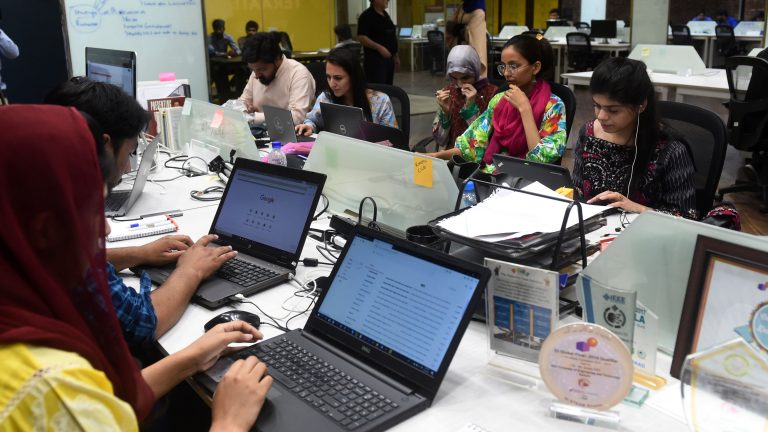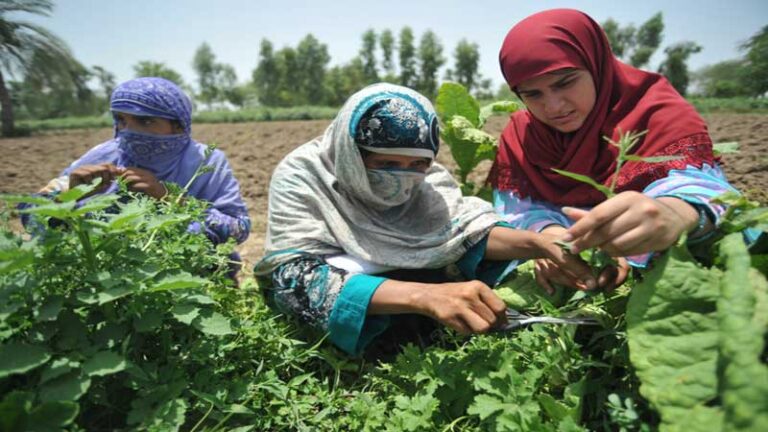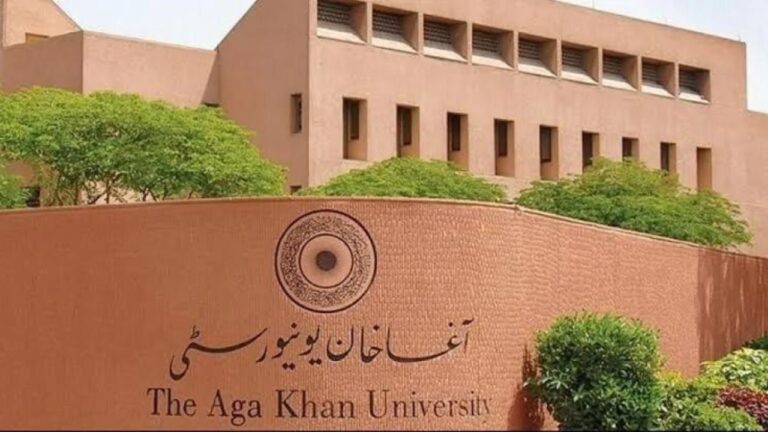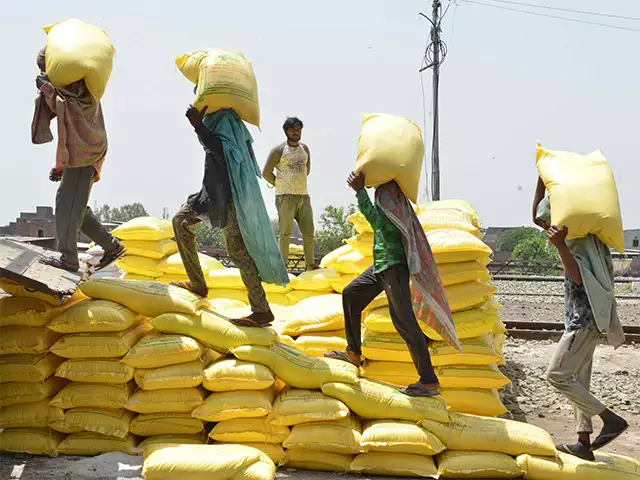Energy Sector Remains Largest Bank Defaulter
During the calendar year 2021, banks nonperforming loans (NPLs) increased 3.8% (Rs31 billion) and Pakistan’s energy sector again continued to remain the largest defaulter in the repayments of loans to banks. In its latest Financial Stability Review of 2021 the State Bank of Pakistan (SBP) reported, “Sector-wise analysis indicates that the rise in overall NPLs (the loans which corporate and individuals fail to repay on time) and flow was mainly driven by the energy sector, which observed an increase in NPLs of Rs20 billion during the reviewed year.”
Due to fight against Covid-19 pandemic in year 2021, the energy prices had remained on lower side due to partial closure of the world. Corresponding to the situation the profit margins had immersed of energy firms including oil and gas exploration. This year, however, the enrgy prices have hiked and it is expected that the spike in prices will overcome profit margin.
Likewise, 33% ascent in NPLs was contributed by expansion in rupee worth of abroad NPLs which fundamentally increased because of devaluation in exchange rate. “Rupee deteriorated against US dollar by 9.4% during schedule year 2021.” Electronic supplies also failed in repayment of loans on time to banks in 2021. According to the report, the pace of growth in NPLs for sugar sector also slowed down significantly. On the other hand, agribusiness and textiles managed to repay the debt in pending during the year. “Textiles and agribusiness observed highest contraction in NPLs. Robust performance maintained by the textile sector during CY21 explains healthy asset quality dynamics…Textiles exports increased by 32.4% during CY21.”
NPLs in agri-business area, in contrast to earlier year, followed better guidelines of SBP regulations and showed recovery actions. The latest statics show that the corporate sectors sharply rose by 46.5% curing CY 2021. Credit risk of the banking sector, however, largely remained muted during 2021. “Stock of NPLs increased by 3.8% as compared to 8.9% in CY20. Over the past three years, NPLs have observed persistent deceleration,” the central bank said in the report.
Cement sector is one of the biggest borrowers of banking industry and this sector showed growth in terms of profitability and operational performance thus ending the fiscal year in healthy growth. Th central bank said, “However, demand remained relatively low in the second half of CY21 due to slowdown in construction activities on the back of higher input cost and cut of Rs300 billion in Public Sector Development Program (PSDP) amid the government’s drive to seek fiscal consolidation in the wake of emerging imbalances.”
“Banks’ (net) borrowings rose by Rs1.5 trillion during CY21 reflecting the necessary funding needed to support the balance sheet expansion. More than 50% borrowings pertained to SBP. In addition to the repo and OMO borrowings, increased borrowings from SBP illustrated the impact of TERF (temporary economic refinance facility) funding,” SBP said.
Read Also: Pakistani Logistics Startup Rider Raises 3.1m by YC-Baked
The central bank had launched the subsidized loan scheme called TERF for organizations to set up new production lines and additionally grow the current ones in March 2020. The plan was sent off assist organizations with keeping on executing their speculation choices during Covid-19 pandemic that generally have been impossible.







